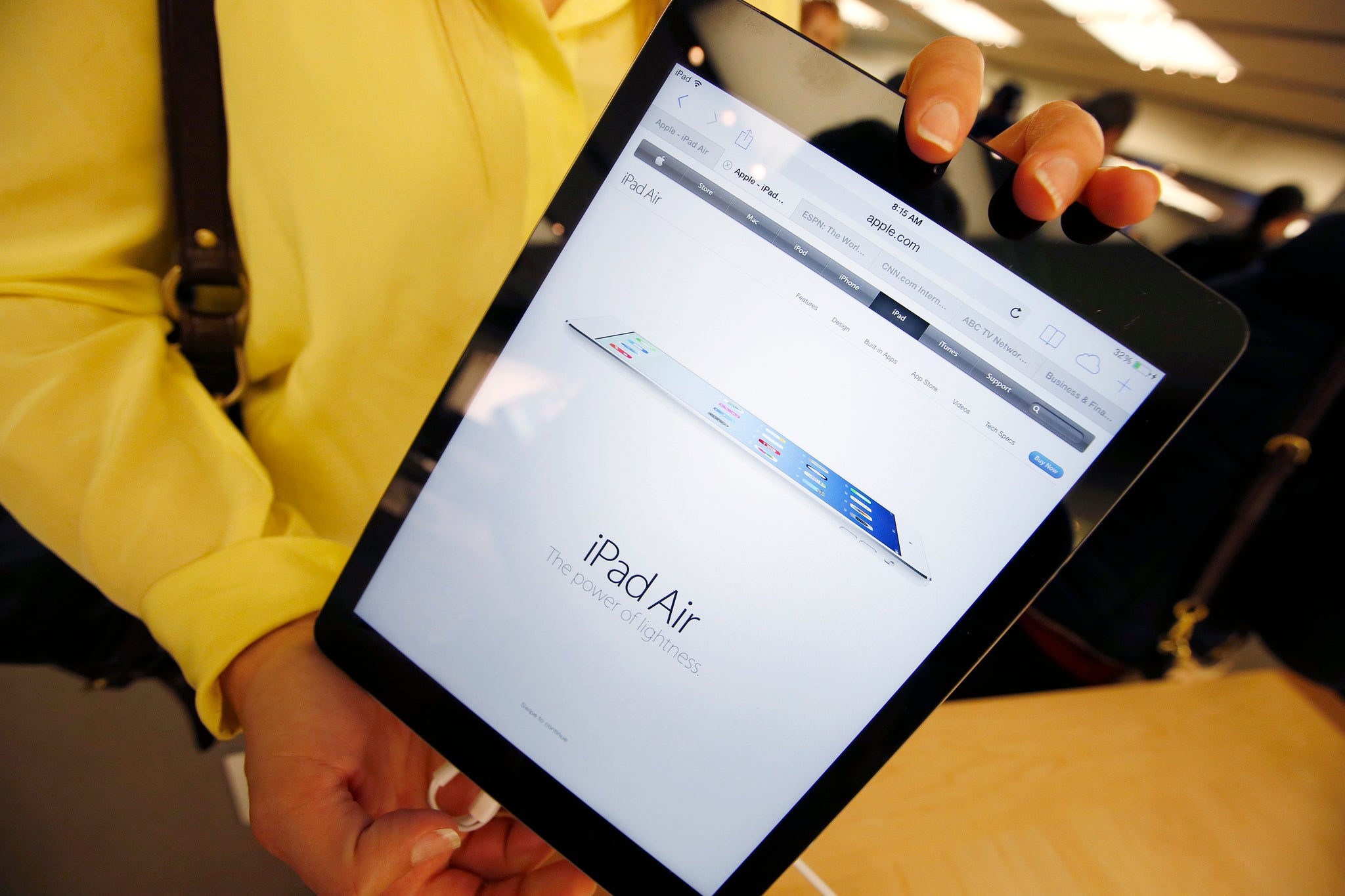iPad Air adoption four times faster than iPad 4, iPad mini
Latest 9.7-inch tablet from Apple may not have drawn in the crowds like the iPhone, but early market data suggests that customers are happy

Apple launched its new iPad Air last week but the latest version of the company’s 9.7-inch tablet has so far received a mix reaction.
As ever there were pictures of diehard fans queuing outside flagship stores and even stories of consumers taking international flights to grab the tablet early, but it also seems that consumers might be wearying of the Apple product cycle – queues for the Air were undoubtedly smaller than those for the iPhone 5s and 5c.
However, given that Apple managed to shift a record breaking 9 million iPhones during the devices’ opening weekend it’s perhaps fair to say that the company is a victim of its own success – it’s difficult to continuously beat your own records.
This interpretation of the Air launch is supported by early data from analytics firm Fiksu. Their numbers (see below for the graph) suggest that adoption of the Air is currently four times faster than both the iPad mini and the iPad 4.
These figures don't reflect any official data from Apple, but they're a good indication of the general reaction to the Air. This will be comforting for Apple and its investors, as the company has recently been reporting flat tablet sales.
Fiksu (which gets it data by monitoring which models log on to its clients’ apps) noted that three days after the Air went on sale it was being used by 0.88 per cent of its client base, compared to the 0.22 per cent who jumped on to the iPad mini and the 0.15 per cent that went to the iPad 4 following their launch.
This broader spread of adoption makes sense given that the Air aims to combine the appeal of both the iPad 4 and the iPad mini, offering the big-screen tablet experience but with its slimmer size and lighter weight offering greater portability.
Sales might also be helped by the delayed launch the update iPad mini. The mini 2 will feature the A7 chip and fingerprint sensor found in the iPhone 5s, as well as a long-awaited upgrade to a Retina scree, but rumoured supply chain shortages have apparently delayed the launch, with some analysts predicted that the mini 2 won't go on sale until next spring.
Despite this, Apple probably aren't too upset about the situation. For now they can just send customers to the pricier iPad Air.
The iPad Air - what's new?
The clue's in the name. The Air's major selling point is its thinner, lighter form factor - it weighs just under 500 grams - and like the mini 2 it also gets a bump in processing speed thanks to the new 64-bit A7 chip. There's also an upgraded battery (10 hours on a single charge) and dual Wi-Fi antennas for faster internet browsing.
However, despite this, the Air isn't a massive update, and Apple are facing tougher and tougher competition in the high-end tablet range, with the Kindle Fire HDX and Microsoft's Surface Pro 2 also angling for your Christmas spending money.
We recommend you give the Air a hands-on (it really is impressively light) but unless you're still using one of the very early iPads (eg the original or the iPad 2) then the update might not be quite worth the money.
Subscribe to Independent Premium to bookmark this article
Want to bookmark your favourite articles and stories to read or reference later? Start your Independent Premium subscription today.

Join our commenting forum
Join thought-provoking conversations, follow other Independent readers and see their replies